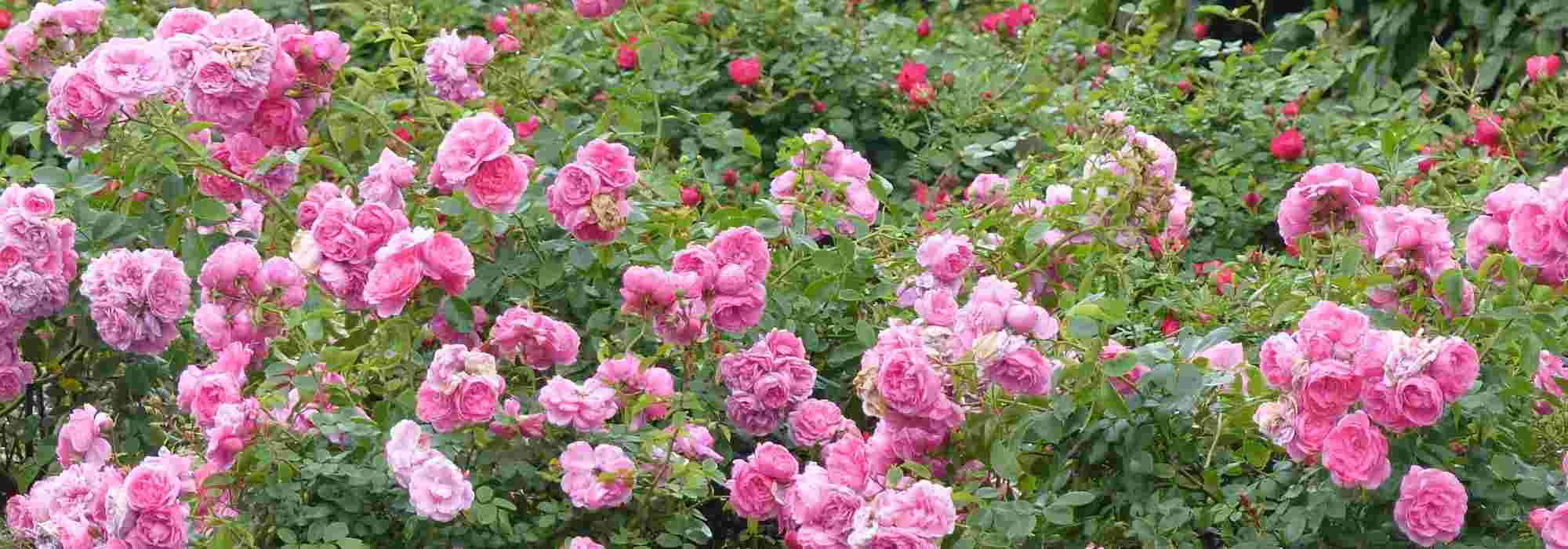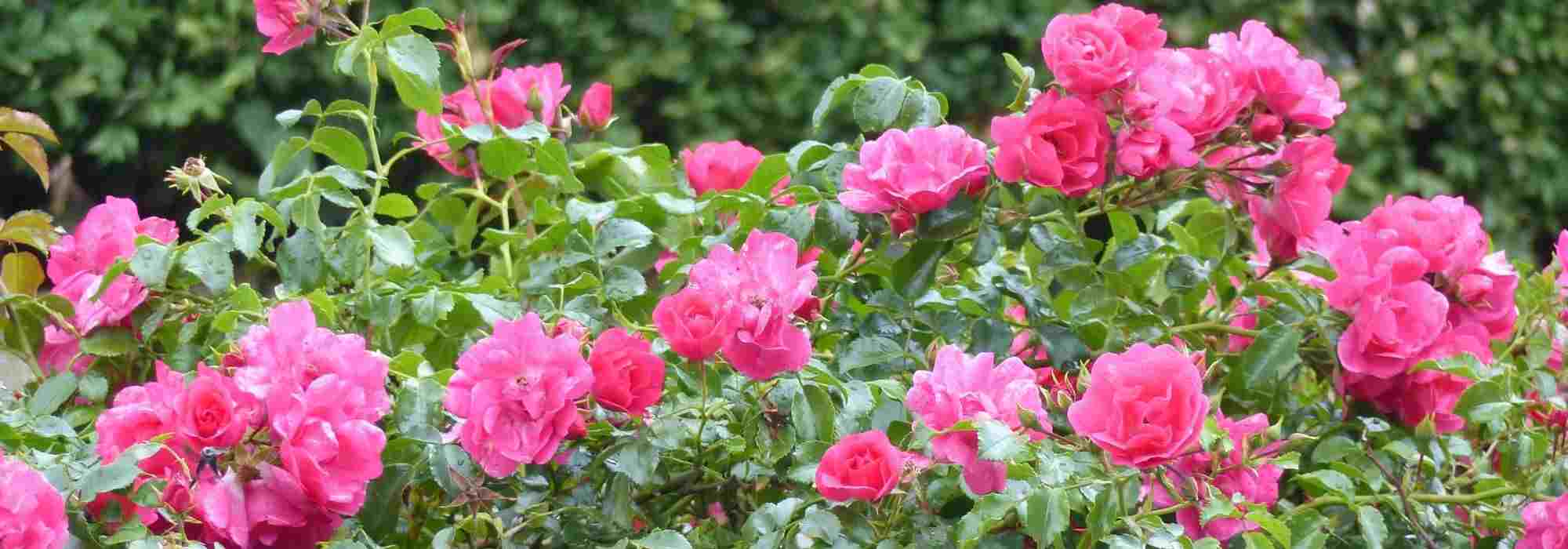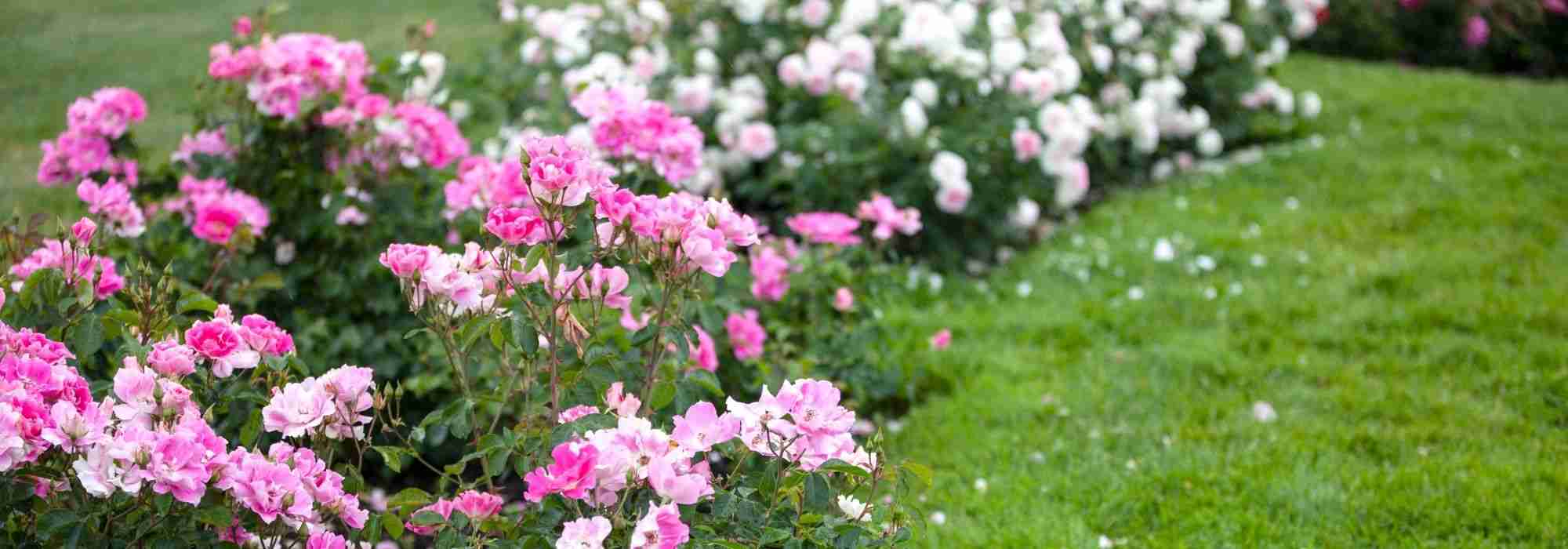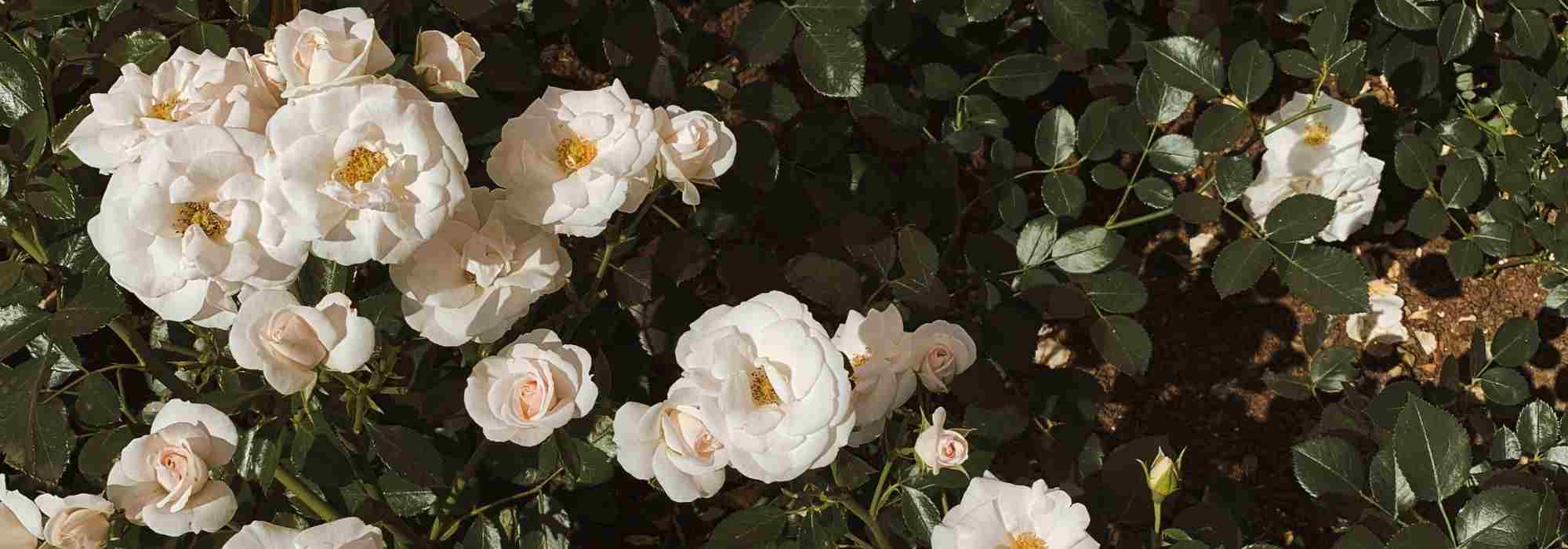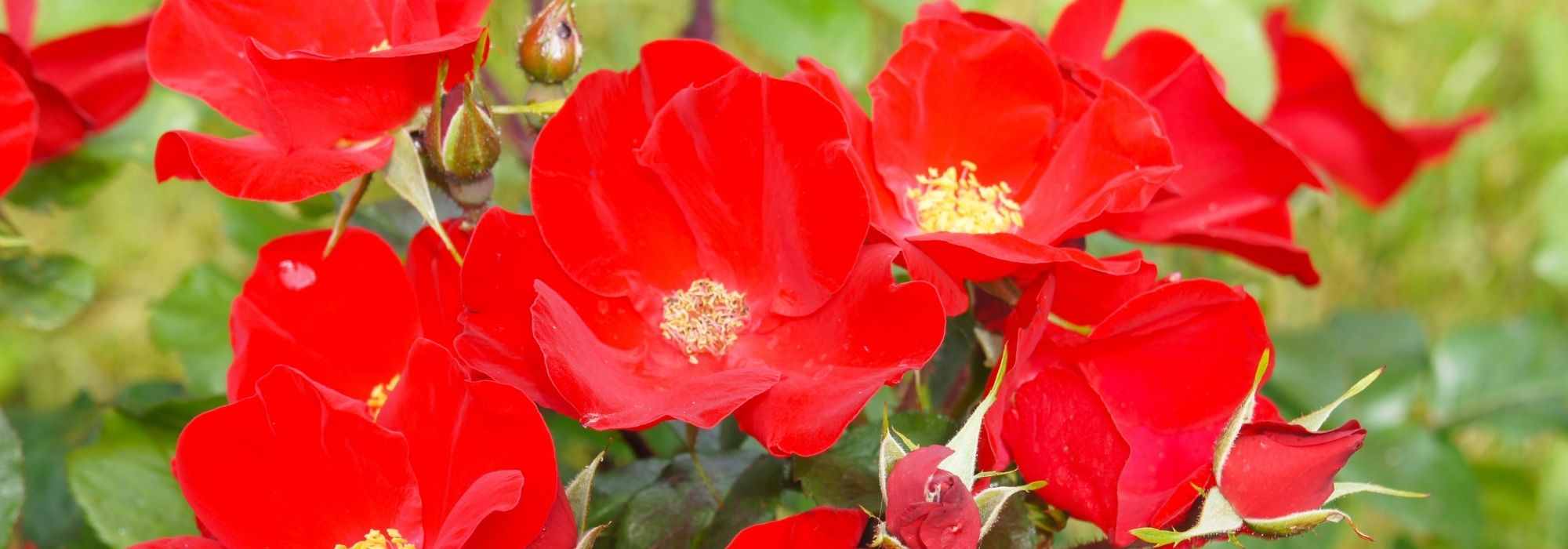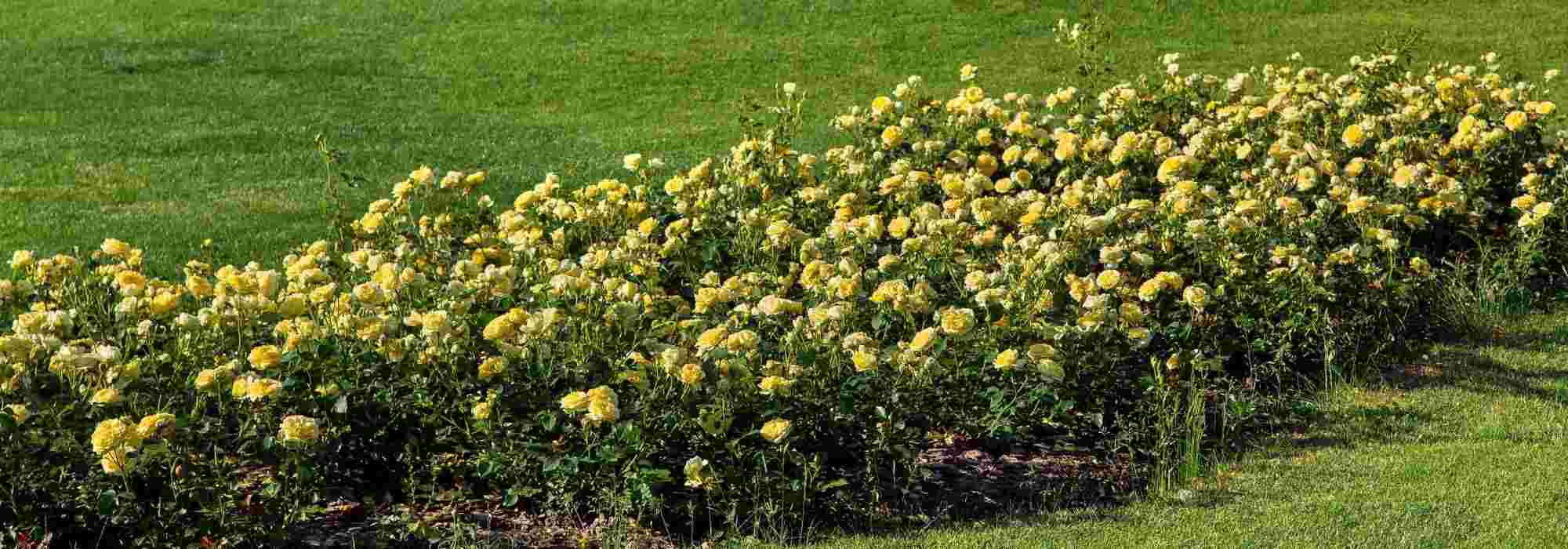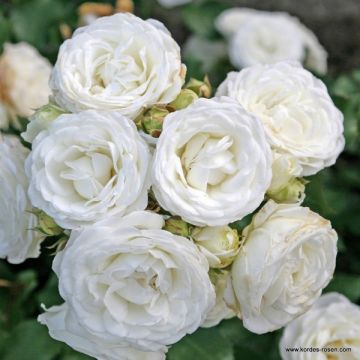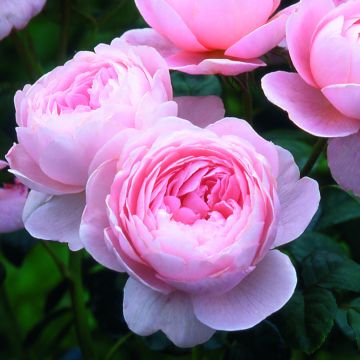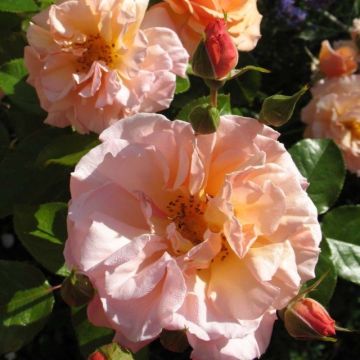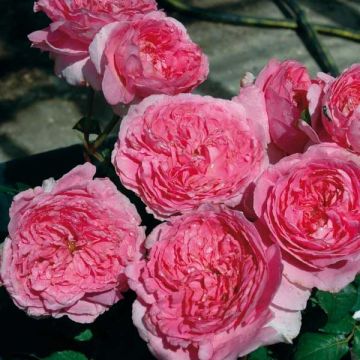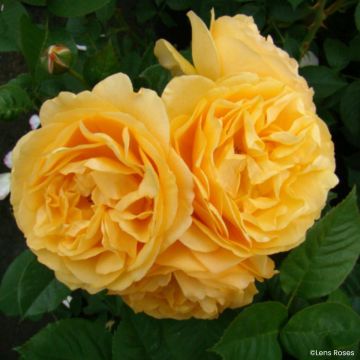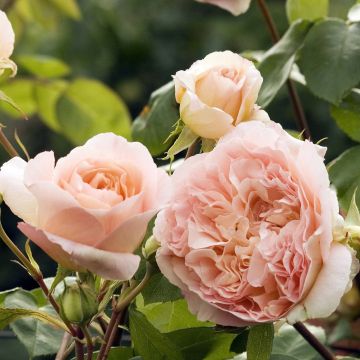

Rosa x polyantha Ruby Ruby - Polyantha Rose
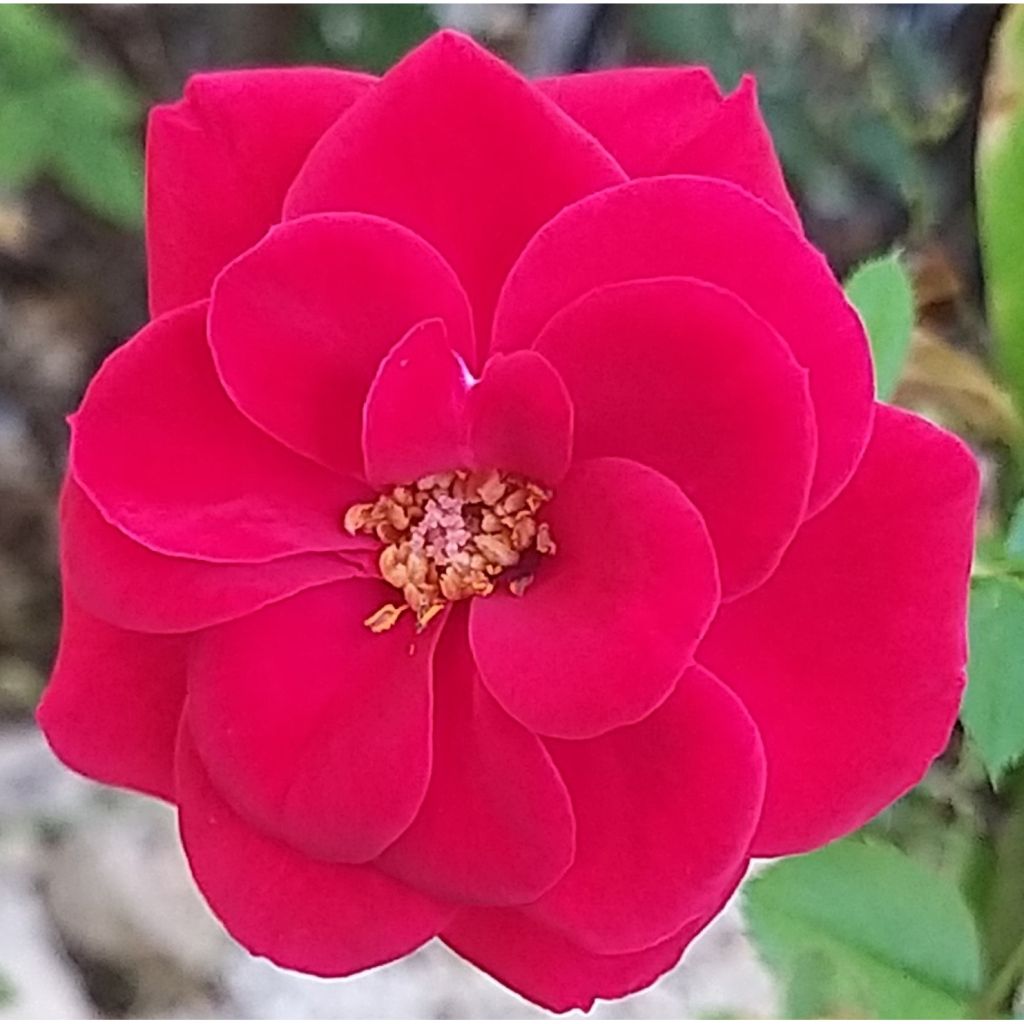

Rosa x polyantha Ruby Ruby - Polyantha Rose
View more pictures
Hide images

Thierry P.

November flowering - image 74 - Young flower.
Thierry P. • 84 FR
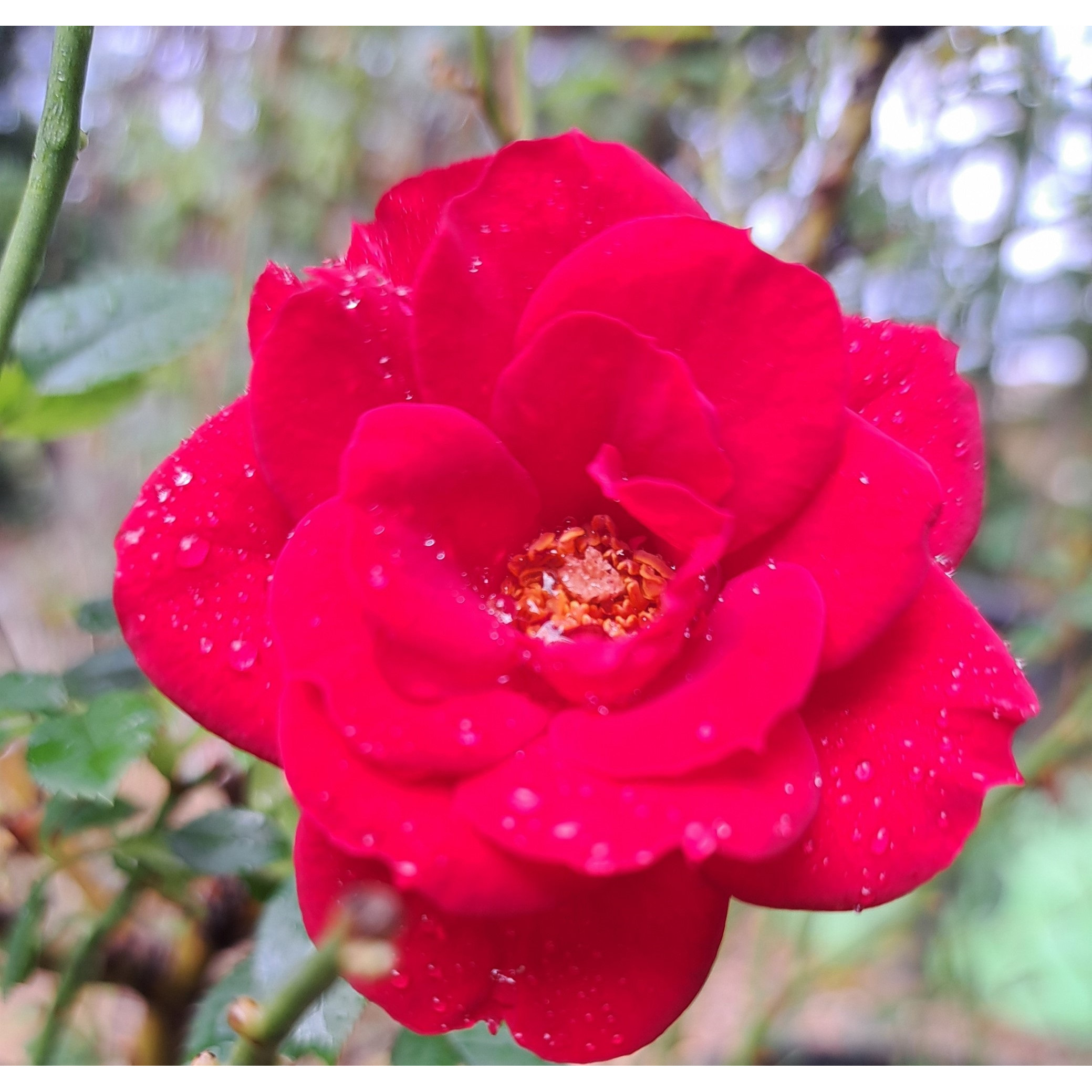
Thierry P.

November flowering - image 72 - In the rain.
Thierry P. • 84 FR
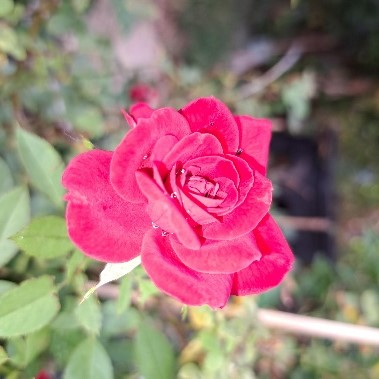
Thierry P.

September flowering - image 67
Thierry P. • 84 FR
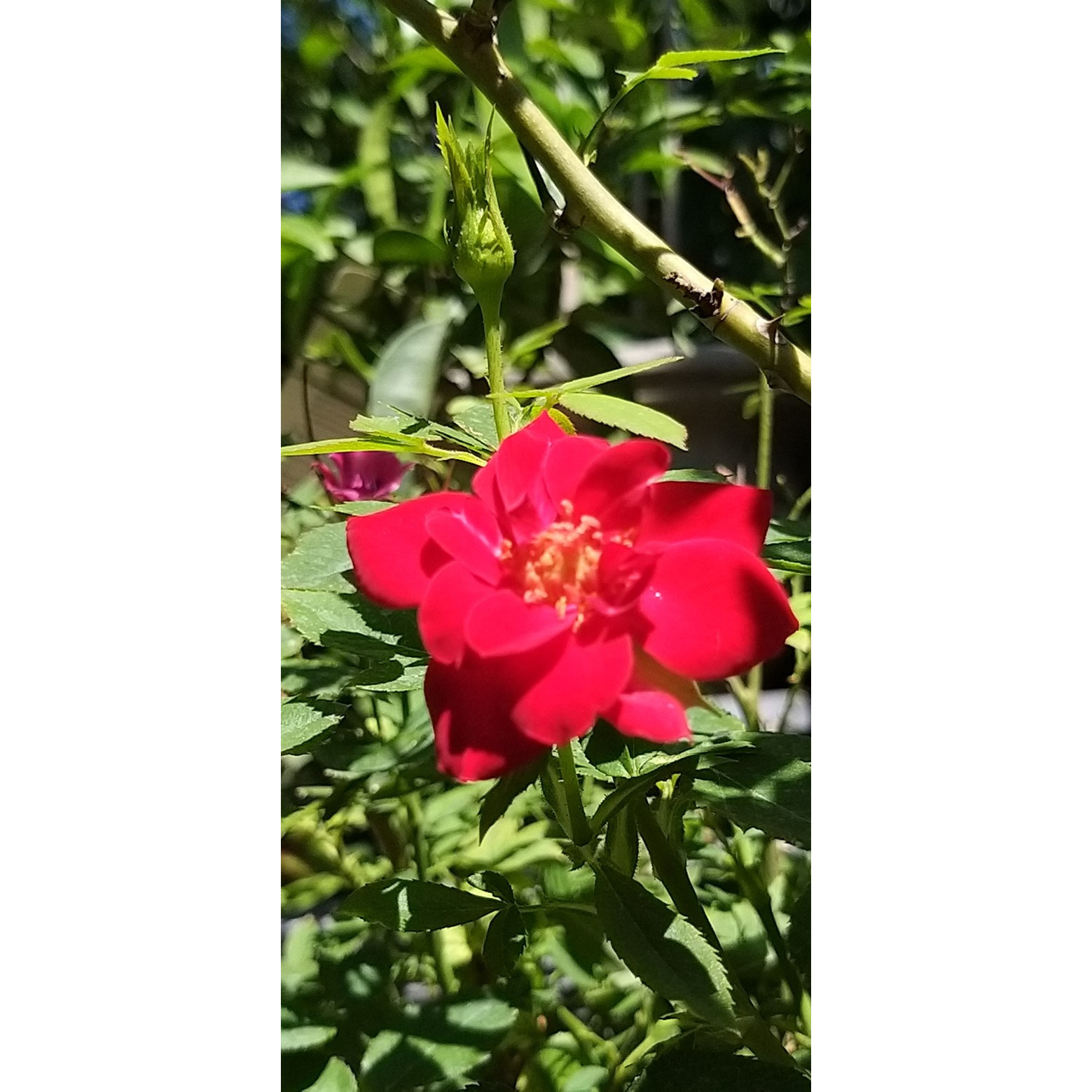
Thierry P.

August flowering - image 64 - Flower, bud, foliage and branch.
Thierry P. • 84 FR
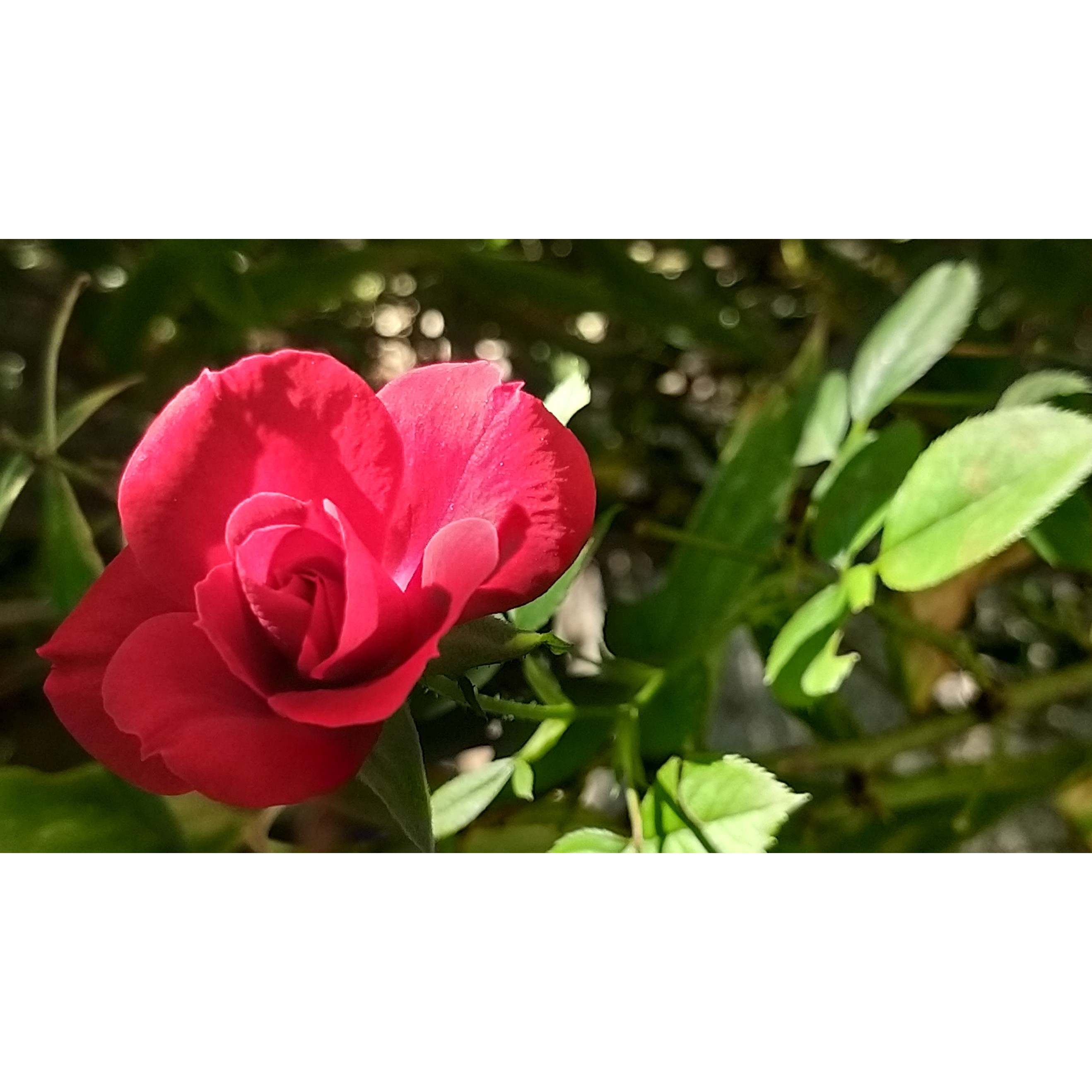
Thierry P.

September flowering - image 55
Thierry P. • 84 FR
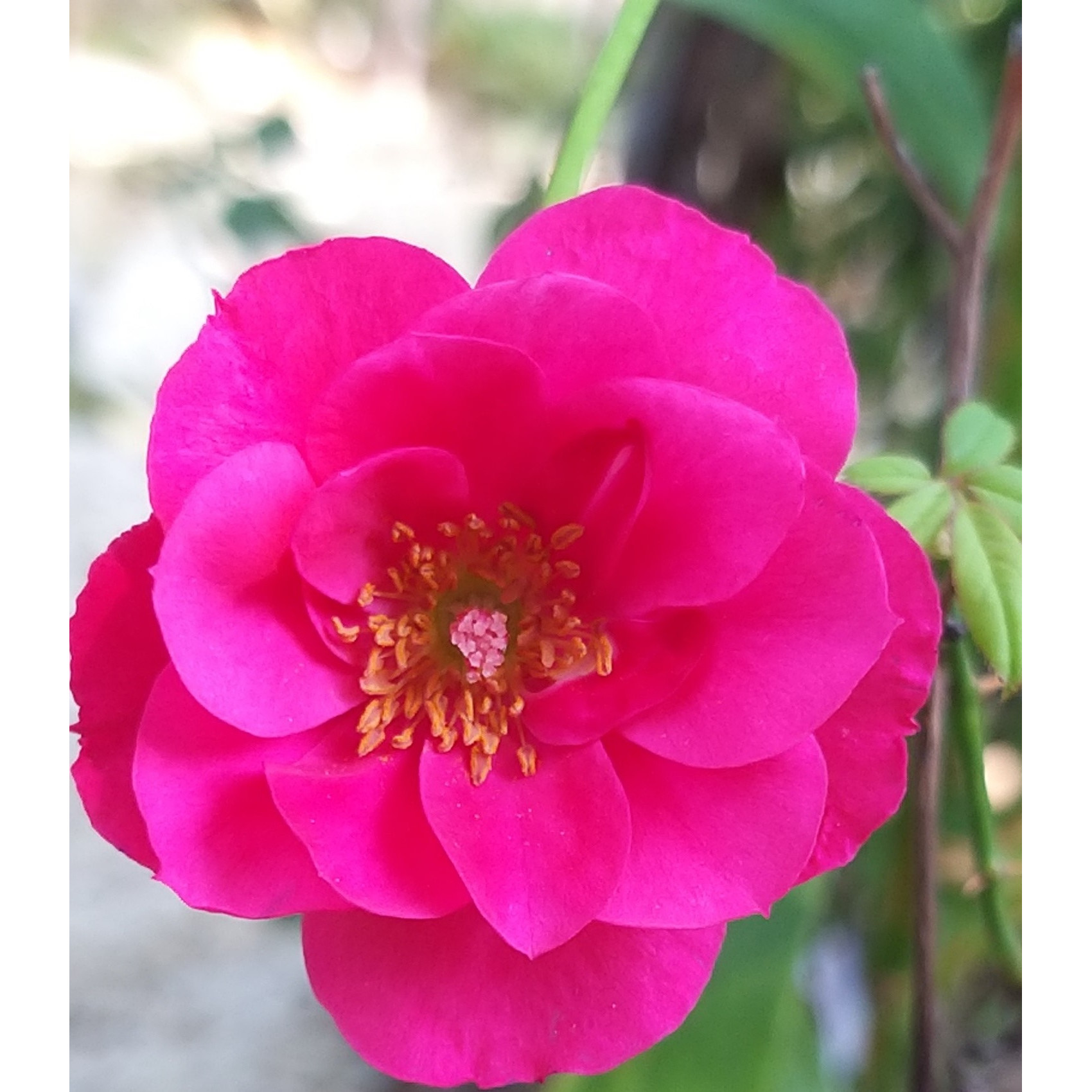
Thierry P.

August flowering - image 53
Thierry P. • 84 FR
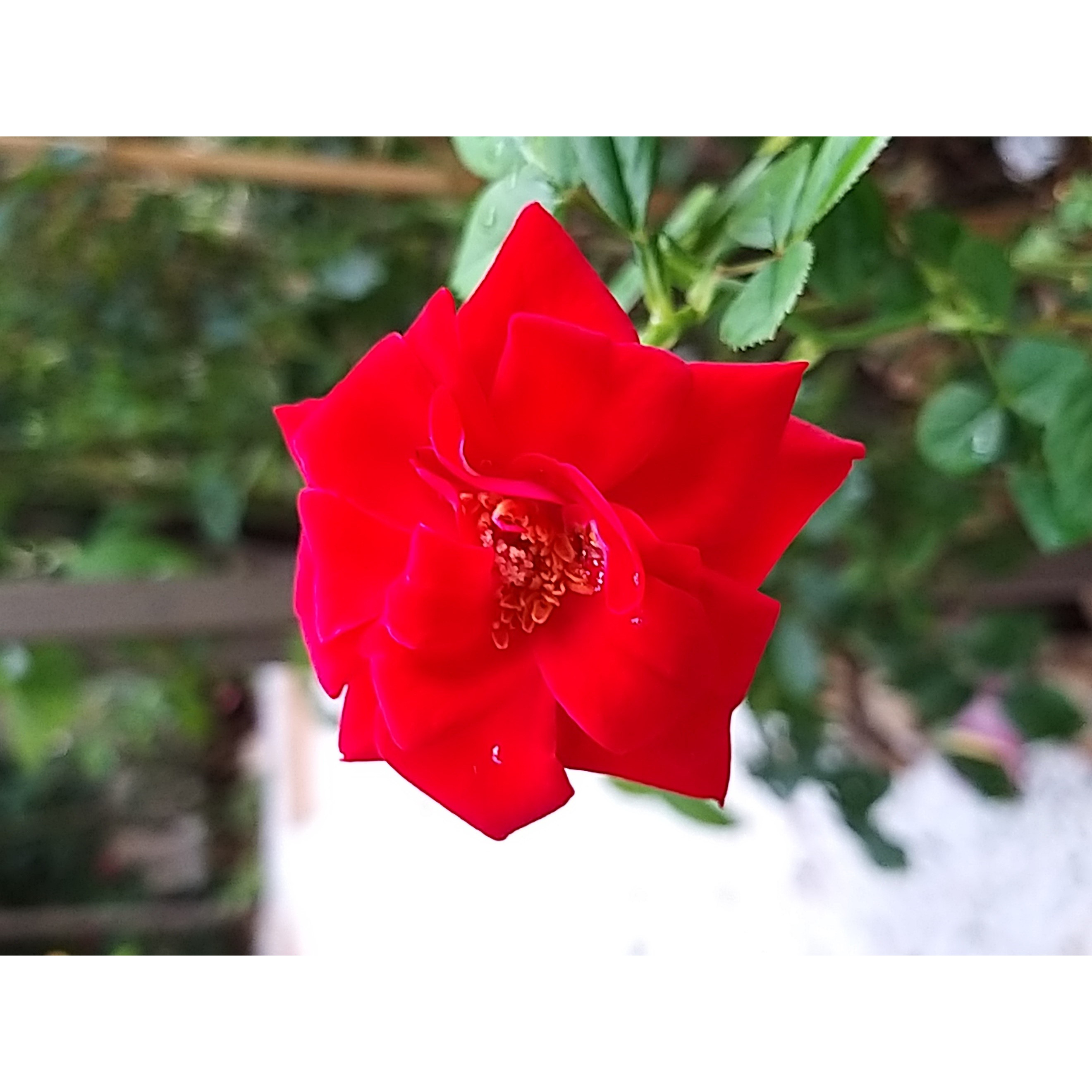
Thierry P.

September flowering - image 45
Thierry P. • 84 FR
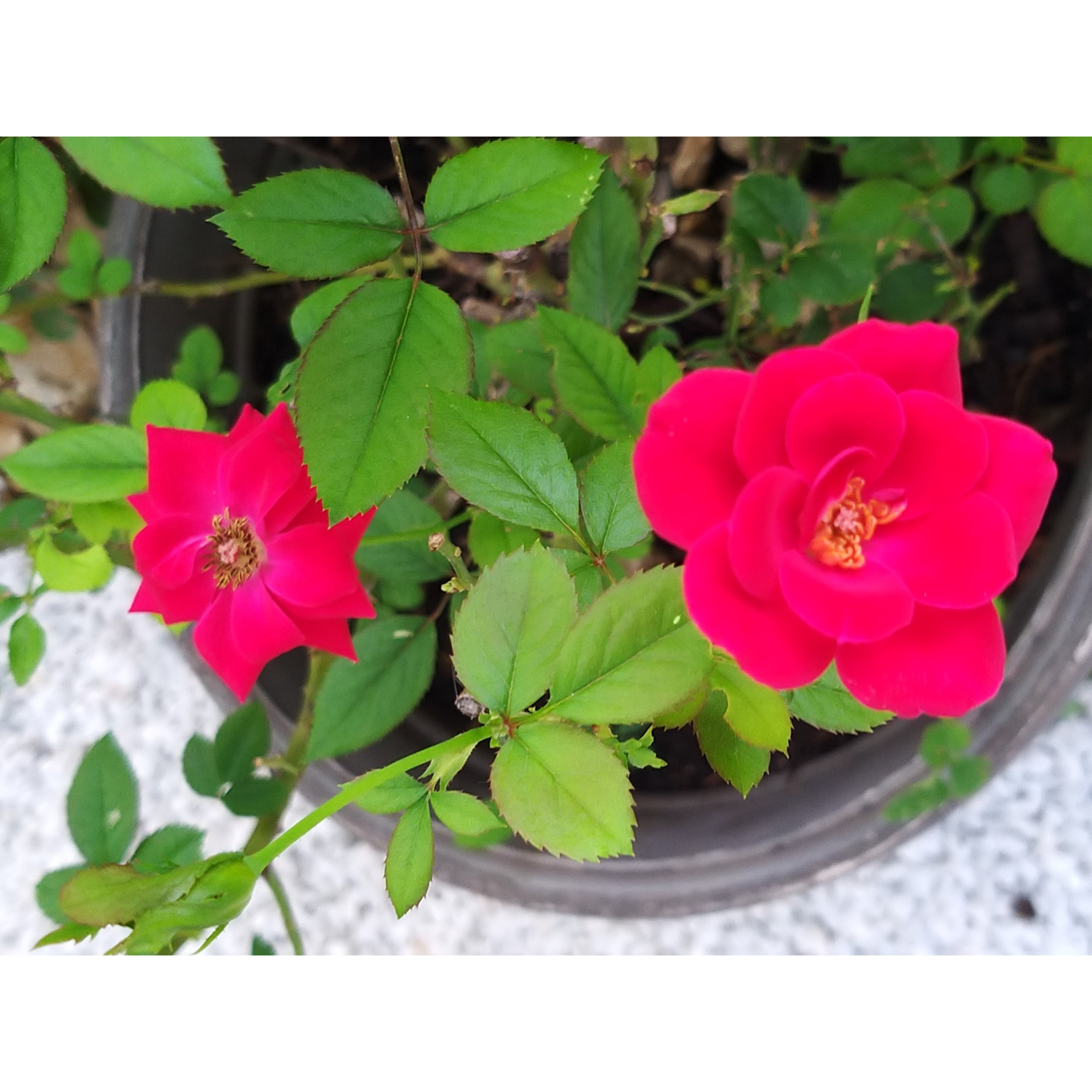
Thierry P.

August flowering - image 37
Thierry P. • 84 FR
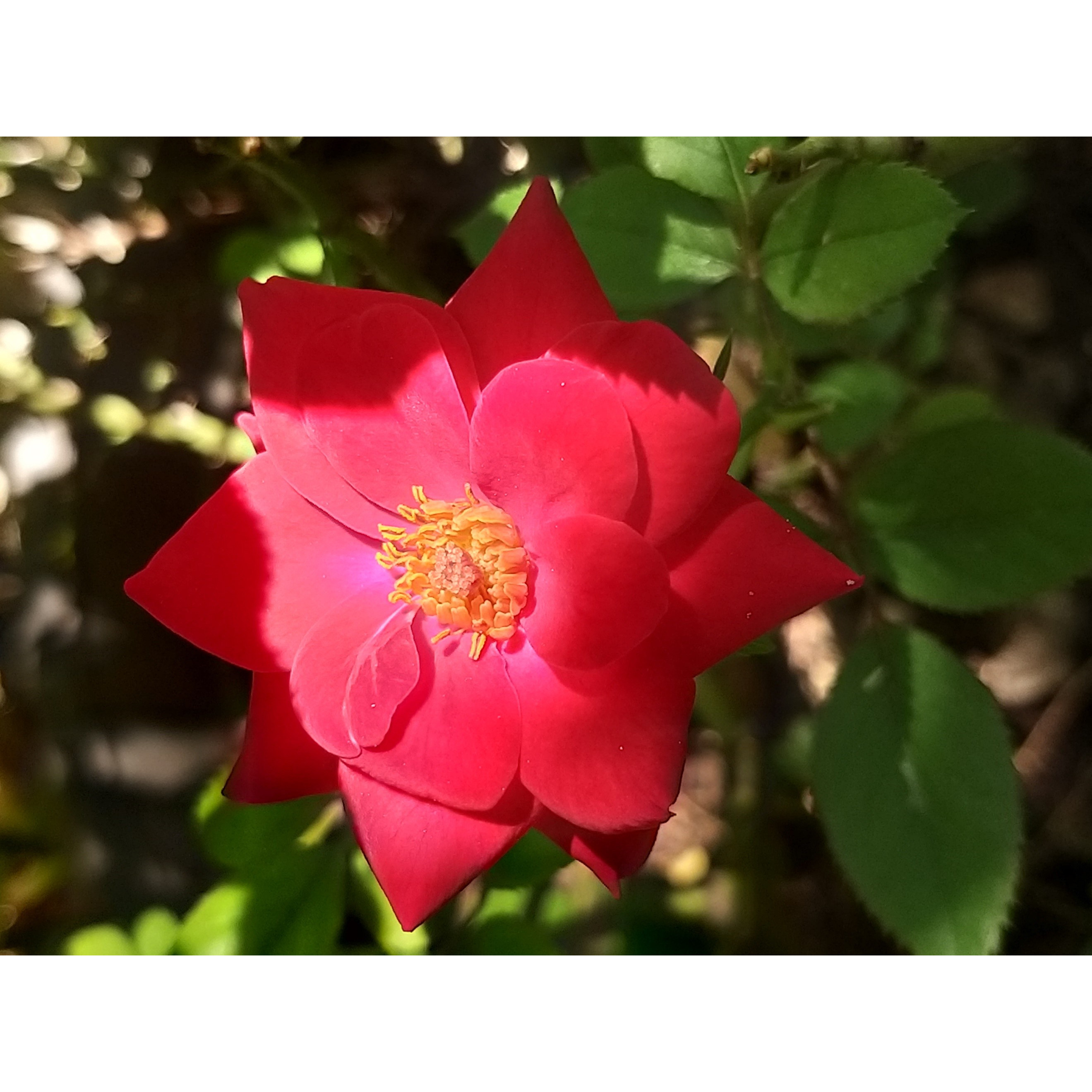
Thierry P.

August flowering - image 36
Thierry P. • 84 FR
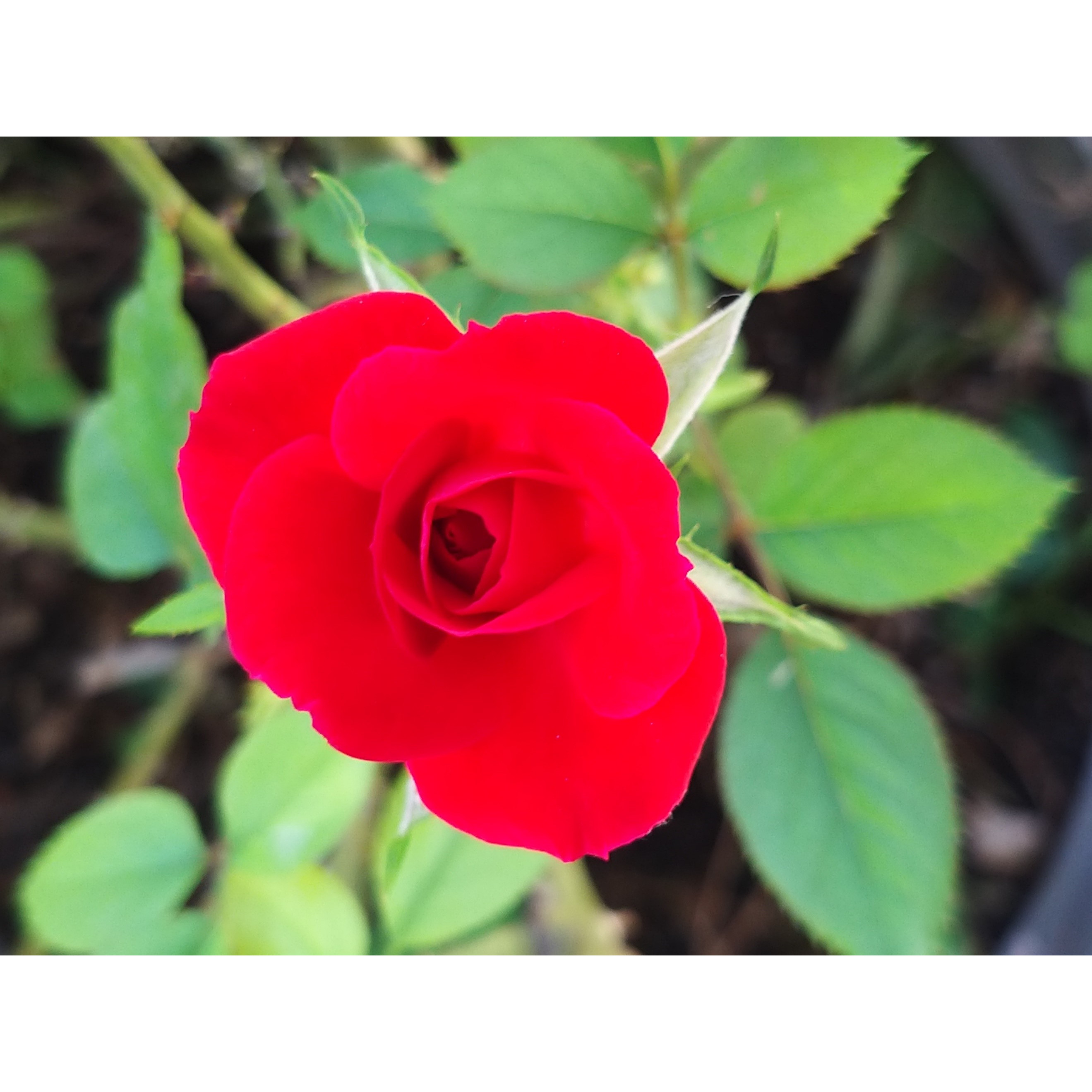
Thierry P.

No text to translate.
Thierry P. • 84 FR
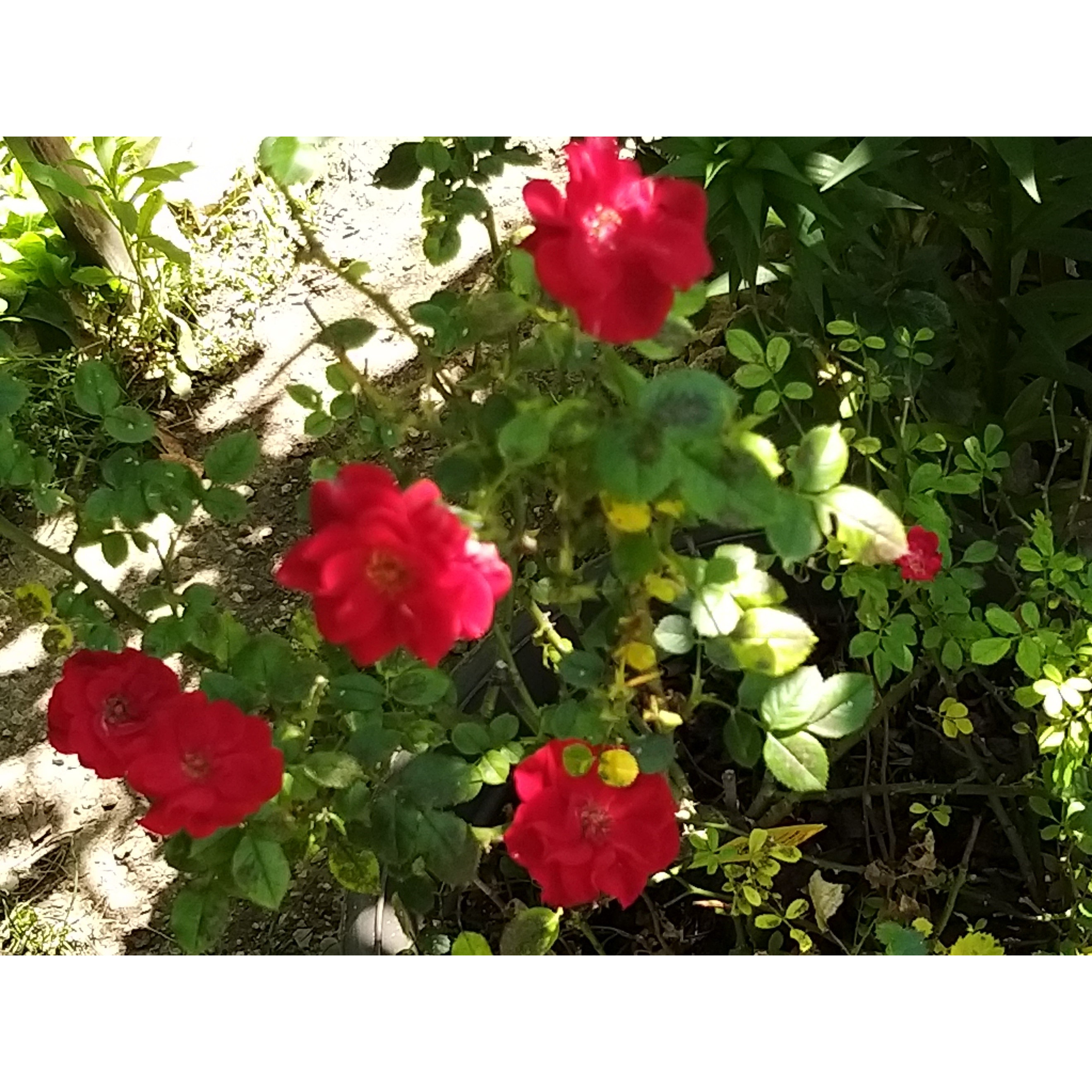
Thierry P.

May flowering - image 34
Thierry P. • 84 FR
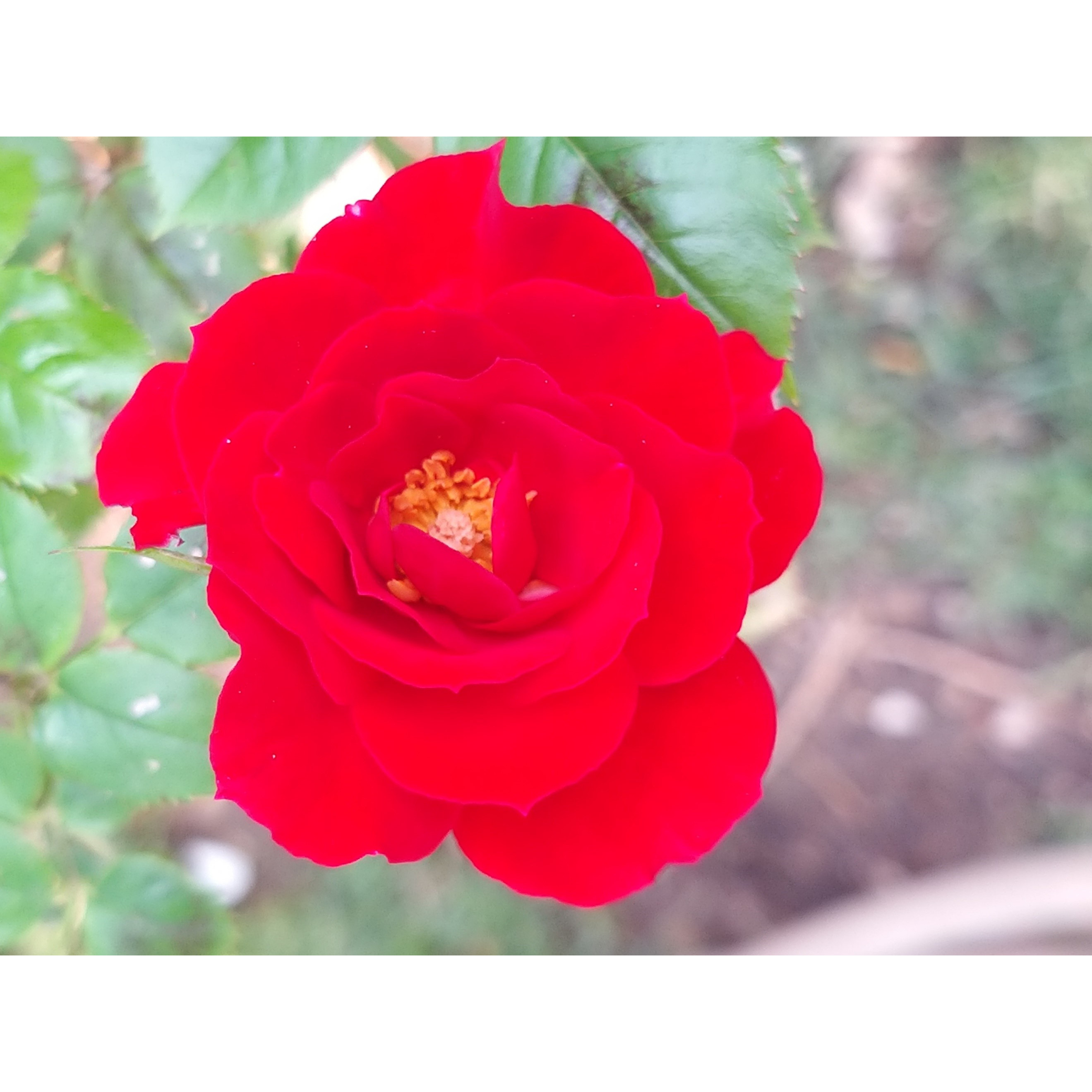
Thierry P.

N/A
Thierry P. • 84 FR

Thierry P.

May flowering - image 32
Thierry P. • 84 FR

Thierry P.

May flowering - image 31
Thierry P. • 84 FR
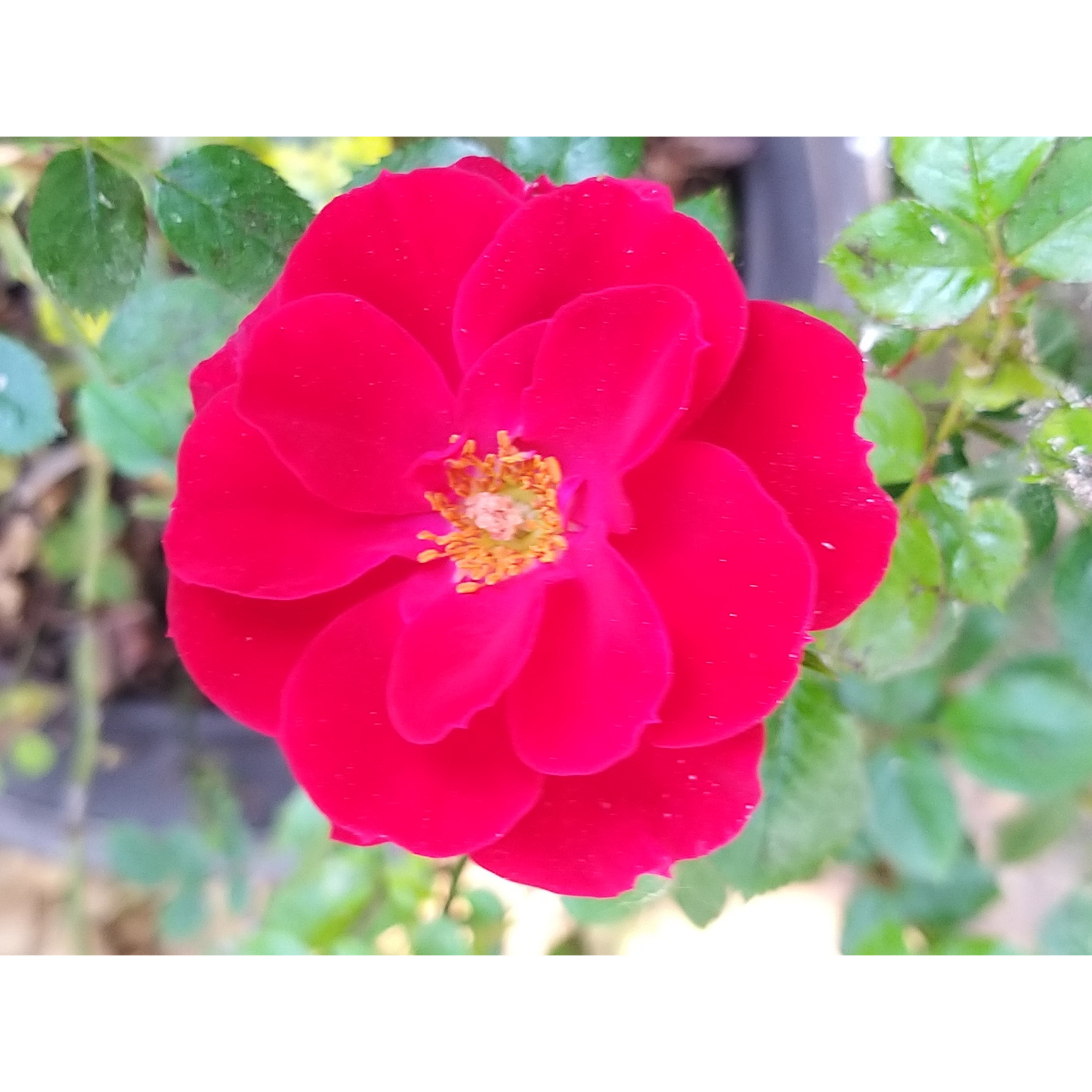
Thierry P.

May flowering - image 30
Thierry P. • 84 FR

Thierry P.

September flowering - image 26
Thierry P. • 84 FR
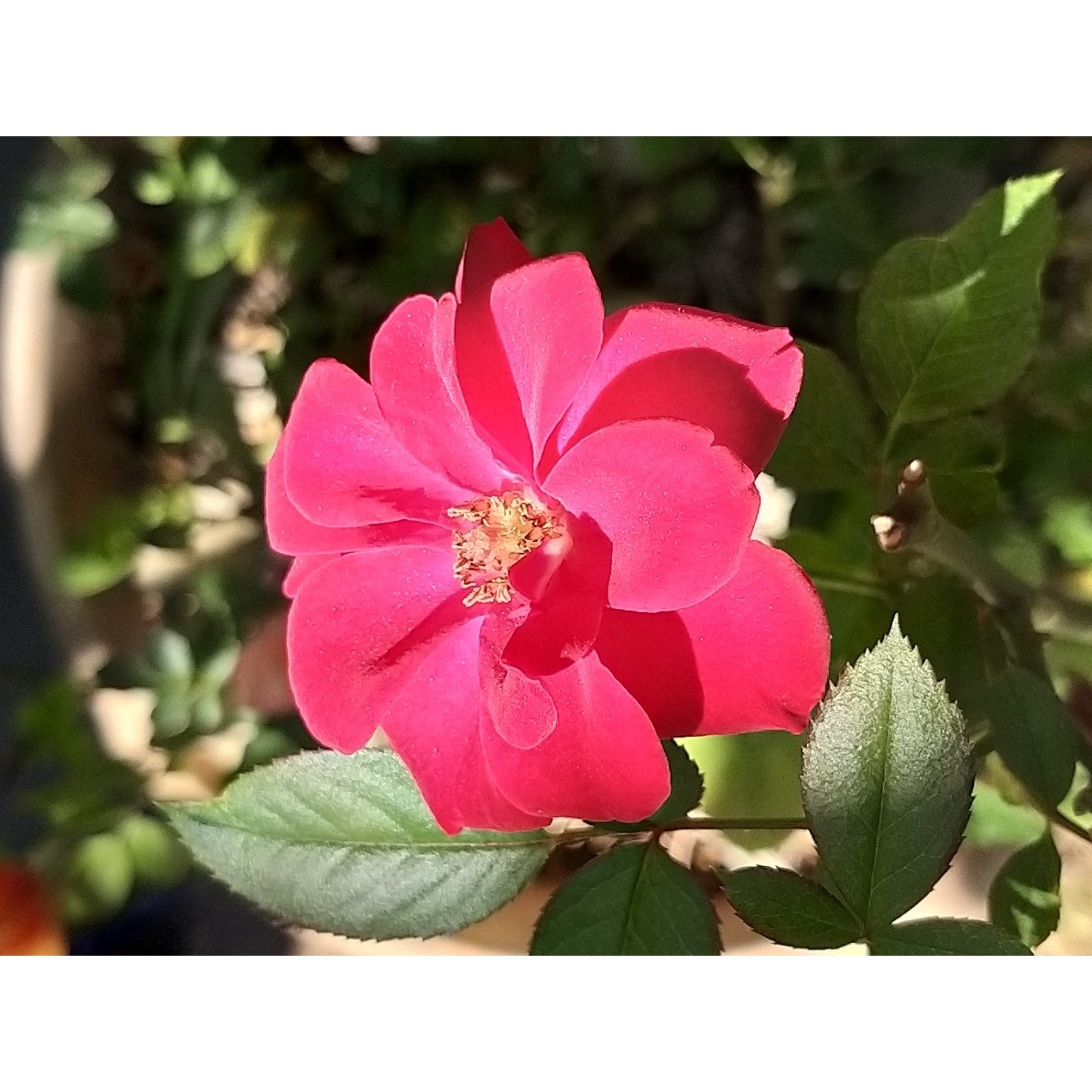
Thierry P.

September flowering - image 22 - The red is velvety.
Thierry P. • 84 FR
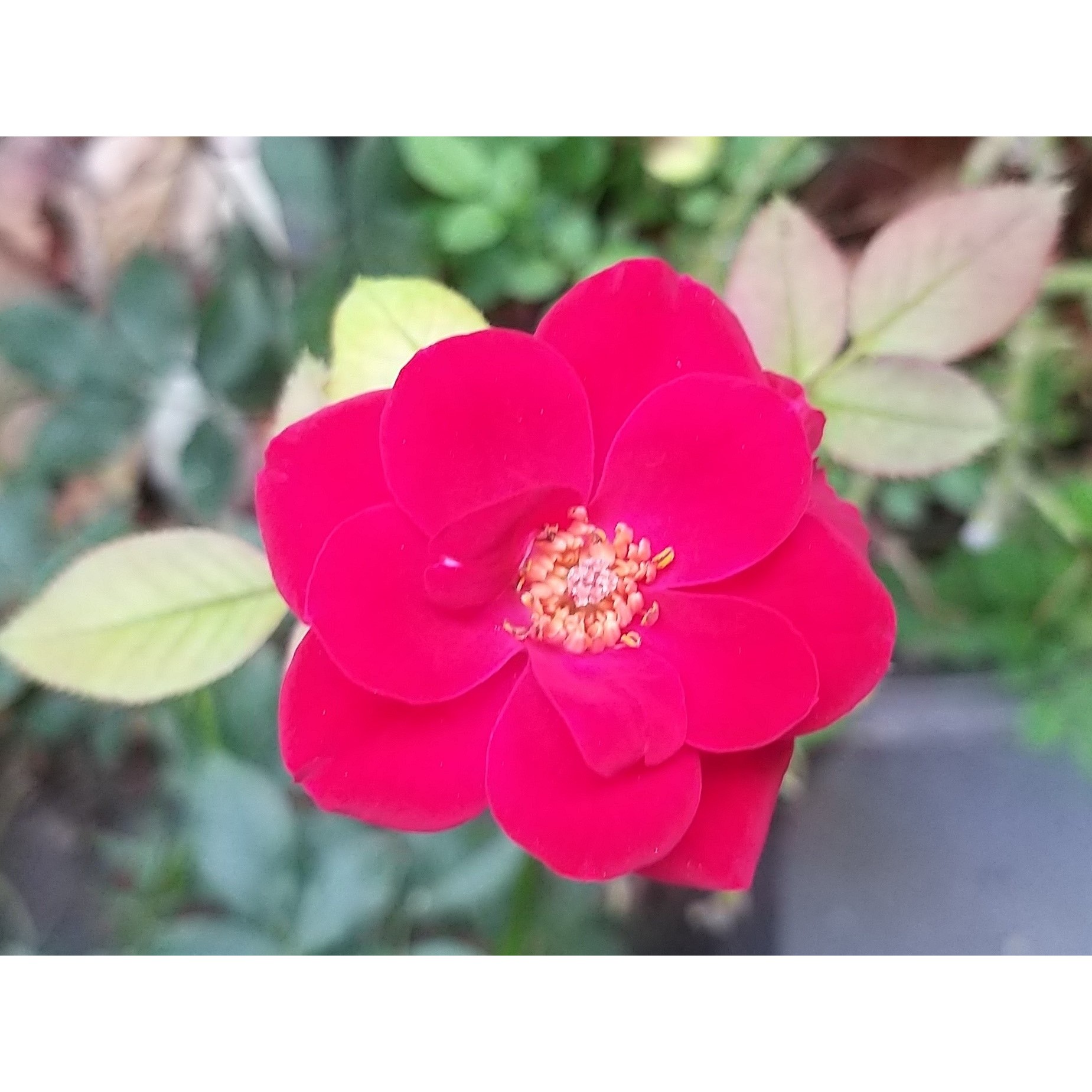
Thierry P.

No text to translate.
Thierry P. • 84 FR
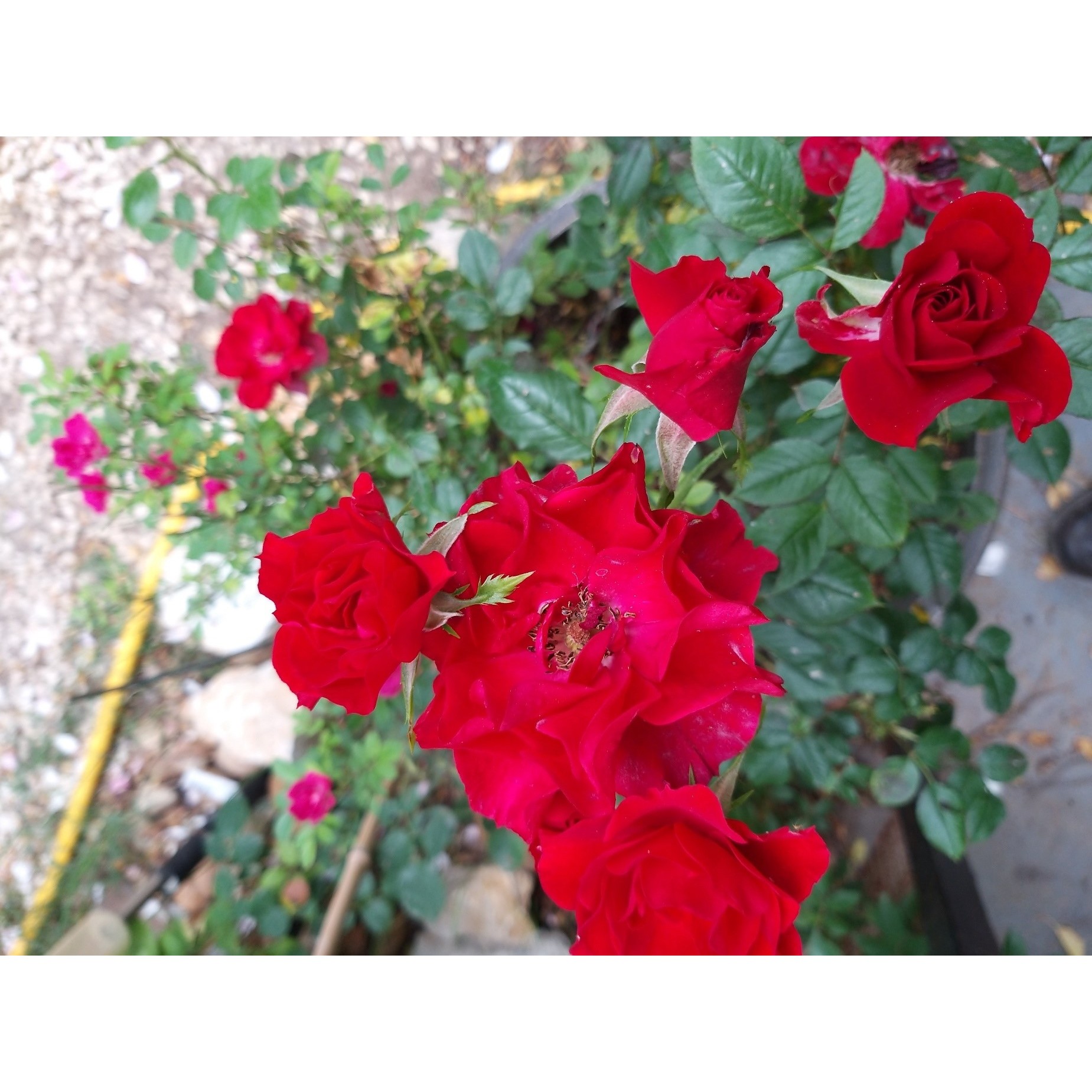
Thierry P.

Thierry P. • 84 FR
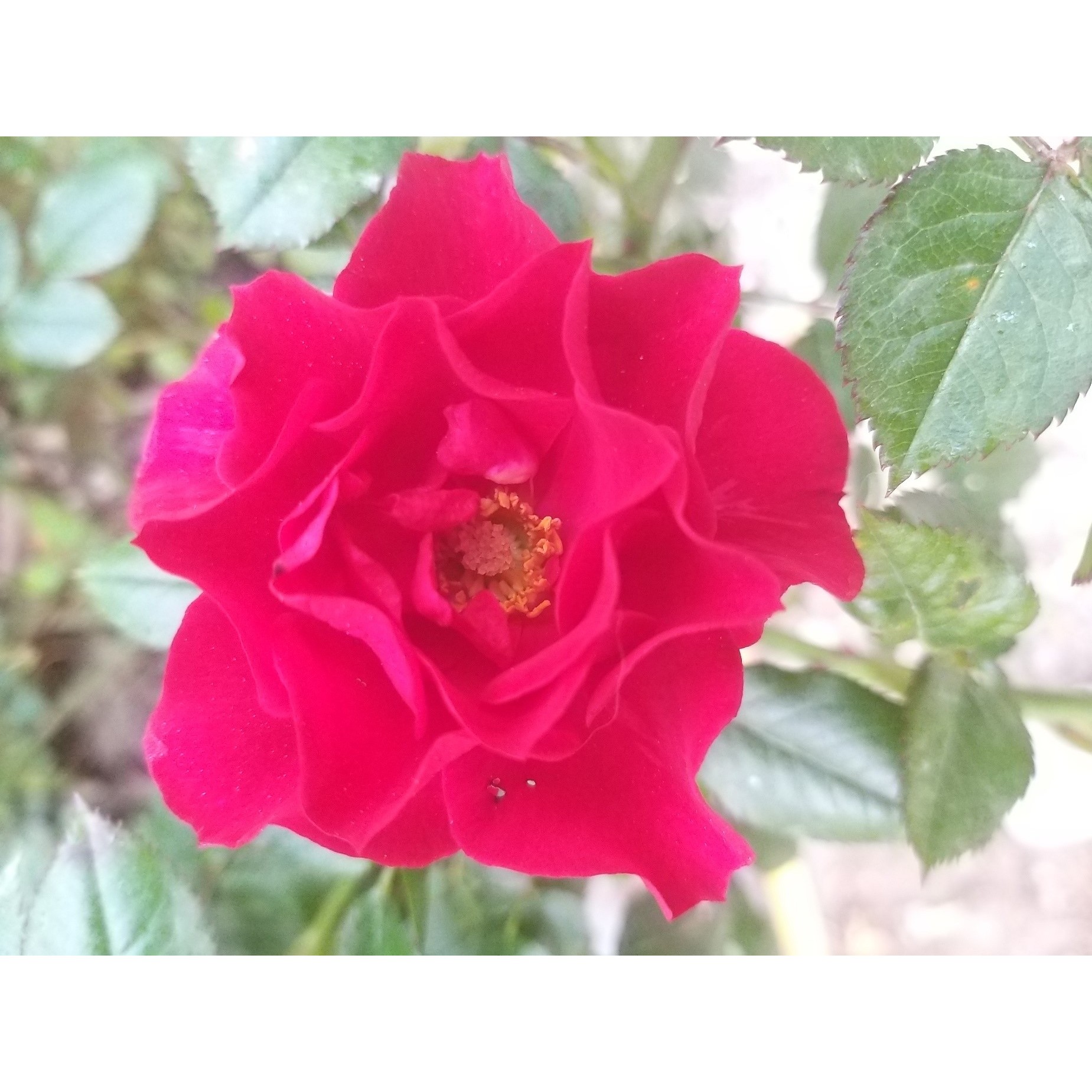
Thierry P.

May flowering - image 5
Thierry P. • 84 FR
Rosa x polyantha Ruby Ruby - Polyantha Rose
Rosa x polyantha Ruby Ruby ® Weksactrumi
Polyantha Rose
Thank you to the team (for order preparation and shipping), the rose bush received as a replacement under warranty seems healthy to me. Planted near a Golden apple tree, I'm now patiently waiting for it to take root...(or not?).
Thierry, 02/07/2025
Special offer!
Receive a €20 voucher for any order over €90 (excluding delivery costs, credit notes, and plastic-free options)!
1- Add your favorite plants to your cart.
2- Once you have reached €90, confirm your order (you can even choose the delivery date!).
3- As soon as your order is shipped, you will receive an email containing your voucher code, valid for 3 months (90 days).
Your voucher is unique and can only be used once, for any order with a minimum value of €20, excluding delivery costs.
Can be combined with other current offers, non-divisible and non-refundable.
We guarantee the quality of our plants for a full growing cycle, and will replace at our expense any plant that fails to recover under normal climatic and planting conditions.
Description
The Rose 'Ruby Ruby' is a remarkably floriferous miniature landscape rose from May until the first frost, perfect for adding a very elegant touch to terraces and low borders. This little bush bursts into a thousand beautifully formed double roses, of intense red, gathered in generous clusters that shine like rubies against a beautiful dark green foliage resistant to diseases. It will fit anywhere in the garden and will create a sensation in flower pots.
The flowers of the Rose 'Ruby Ruby', gathered in terminal bunches, come from the polyantha rose, an old hybrid derived from Rosa multiflora and Rosa chinensis. It has a particularly compact, bushy habit, in the shape of a dome slightly wider than tall. Slow growing, it will not exceed 50 cm (20in) in height and 60-65 cm (24-26in) in width. The double flowers, 4 cm (2in) wide, beautifully formed in turbinate rosettes of 25 petals, emerge from pointed buds of a cherry red colour. They bloom while maintaining this superb red colour, until they fade. They blossom in very large numbers from May-June to September-October, almost without interruption if the soil remains moist. The fragrance of the flowers is very light. This variety develops dark green, deciduous foliage with a shiny finish, and is not very susceptible to diseases, carried by thorny stems.
Obtained by Tom Carruth (United States), 2004.
The 'Ruby Ruby' rose prefers fertile, deep and moist soils and a sunny exposure. Its low and compact habit, with a neat appearance, works wonders in rockeries, low borders or in a flower pot on the terrace. Plant it in masses along the paths or to highlight shrub masses. It will integrate perfectly with light or opulent perennial beds and pairs well with other dwarf roses like the varieties in the 'Bordure' series from Delbard. You can associate it with yellow to orange blooms for a flamboyant effect, or on the contrary with white, soft pink or blue flowers for a more romantic spirit, according to the tastes of each gardener. For example, it can be associated with perennial geraniums (Geranium 'Blue Cloud', 'Anne Folkard', 'Nimbus', 'Orion', 'Rozanne'), bellflowers (lactiflora, rapunculoides), catmints, snapdragons, foxgloves or other silver baskets and silver-leaved stachys. It is naturally perfect for decorating the terrace or balcony, planted in a beautiful pot, a large planter or a flower box.
Rosa x polyantha Ruby Ruby - Polyantha Rose in pictures


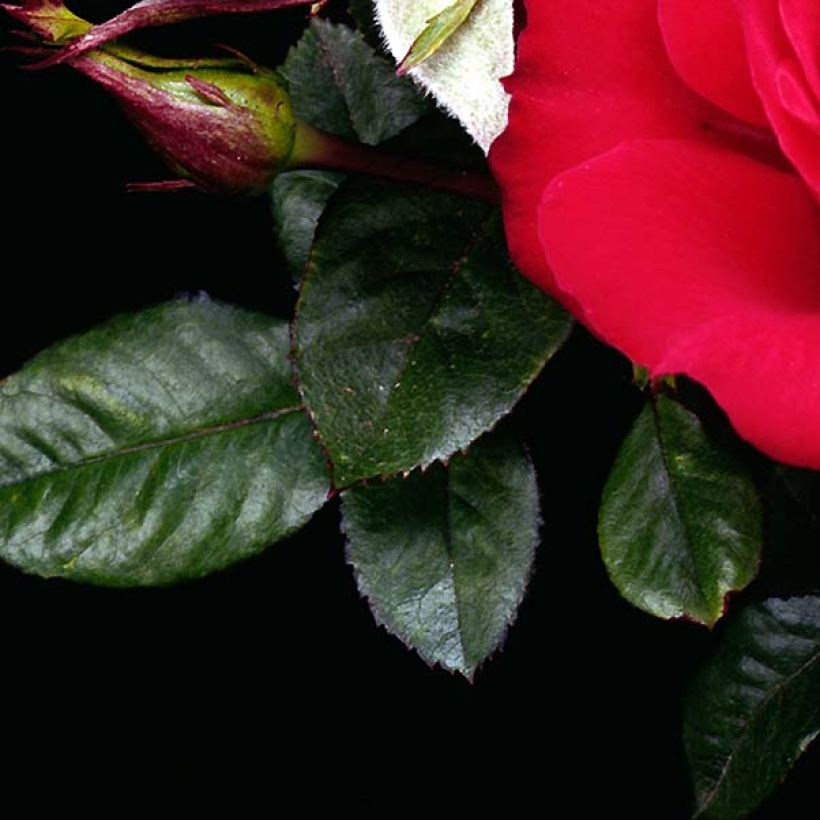

Plant habit
Flowering
Foliage
Botanical data
Rosa
x polyantha
Ruby Ruby ® Weksactrumi
Rosaceae
Polyantha Rose
Cultivar or hybrid
Rosa multiflora (3L/4L pot, Wrapped bare root)
Planting and care
Roses prefer a sunny location (at least 4 to 5 hours of sunlight per day) but sheltered from the scorching midday rays and strong winds. They appreciate loose, permeable, deep, and fertile soil. They prefer a neutral to slightly acidic soil, but they will adapt to any garden as long as the ground is well cultivated and sufficiently rich. To plant your rose in a pot, prepare your soil in a 25-cm (10in) cube by crumbling the soil and placing a bottom amendment such as dried blood or dehydrated horn. Position your plant, freed from its pot, by covering the top of the root ball with 3 cm (1in) of soil, fill in the hole, and water generously to eliminate air pockets. In dry weather, it is necessary to water regularly for a few weeks to facilitate root growth. Also, remember to provide your rose with special rose fertiliser that stimulates plant flowering.
Planting period
Intended location
Care
Planting & care advice
-
, onOrder confirmed
Reply from on Promesse de fleurs
Similar products
Haven't found what you were looking for?
Hardiness is the lowest winter temperature a plant can endure without suffering serious damage or even dying. However, hardiness is affected by location (a sheltered area, such as a patio), protection (winter cover) and soil type (hardiness is improved by well-drained soil).

Photo Sharing Terms & Conditions
In order to encourage gardeners to interact and share their experiences, Promesse de fleurs offers various media enabling content to be uploaded onto its Site - in particular via the ‘Photo sharing’ module.
The User agrees to refrain from:
- Posting any content that is illegal, prejudicial, insulting, racist, inciteful to hatred, revisionist, contrary to public decency, that infringes on privacy or on the privacy rights of third parties, in particular the publicity rights of persons and goods, intellectual property rights, or the right to privacy.
- Submitting content on behalf of a third party;
- Impersonate the identity of a third party and/or publish any personal information about a third party;
In general, the User undertakes to refrain from any unethical behaviour.
All Content (in particular text, comments, files, images, photos, videos, creative works, etc.), which may be subject to property or intellectual property rights, image or other private rights, shall remain the property of the User, subject to the limited rights granted by the terms of the licence granted by Promesse de fleurs as stated below. Users are at liberty to publish or not to publish such Content on the Site, notably via the ‘Photo Sharing’ facility, and accept that this Content shall be made public and freely accessible, notably on the Internet.
Users further acknowledge, undertake to have ,and guarantee that they hold all necessary rights and permissions to publish such material on the Site, in particular with regard to the legislation in force pertaining to any privacy, property, intellectual property, image, or contractual rights, or rights of any other nature. By publishing such Content on the Site, Users acknowledge accepting full liability as publishers of the Content within the meaning of the law, and grant Promesse de fleurs, free of charge, an inclusive, worldwide licence for the said Content for the entire duration of its publication, including all reproduction, representation, up/downloading, displaying, performing, transmission, and storage rights.
Users also grant permission for their name to be linked to the Content and accept that this link may not always be made available.
By engaging in posting material, Users consent to their Content becoming automatically accessible on the Internet, in particular on other sites and/or blogs and/or web pages of the Promesse de fleurs site, including in particular social pages and the Promesse de fleurs catalogue.
Users may secure the removal of entrusted content free of charge by issuing a simple request via our contact form.
The flowering period indicated on our website applies to countries and regions located in USDA zone 8 (France, the United Kingdom, Ireland, the Netherlands, etc.)
It will vary according to where you live:
- In zones 9 to 10 (Italy, Spain, Greece, etc.), flowering will occur about 2 to 4 weeks earlier.
- In zones 6 to 7 (Germany, Poland, Slovenia, and lower mountainous regions), flowering will be delayed by 2 to 3 weeks.
- In zone 5 (Central Europe, Scandinavia), blooming will be delayed by 3 to 5 weeks.
In temperate climates, pruning of spring-flowering shrubs (forsythia, spireas, etc.) should be done just after flowering.
Pruning of summer-flowering shrubs (Indian Lilac, Perovskia, etc.) can be done in winter or spring.
In cold regions as well as with frost-sensitive plants, avoid pruning too early when severe frosts may still occur.
The planting period indicated on our website applies to countries and regions located in USDA zone 8 (France, United Kingdom, Ireland, Netherlands).
It will vary according to where you live:
- In Mediterranean zones (Marseille, Madrid, Milan, etc.), autumn and winter are the best planting periods.
- In continental zones (Strasbourg, Munich, Vienna, etc.), delay planting by 2 to 3 weeks in spring and bring it forward by 2 to 4 weeks in autumn.
- In mountainous regions (the Alps, Pyrenees, Carpathians, etc.), it is best to plant in late spring (May-June) or late summer (August-September).
The harvesting period indicated on our website applies to countries and regions in USDA zone 8 (France, England, Ireland, the Netherlands).
In colder areas (Scandinavia, Poland, Austria...) fruit and vegetable harvests are likely to be delayed by 3-4 weeks.
In warmer areas (Italy, Spain, Greece, etc.), harvesting will probably take place earlier, depending on weather conditions.
The sowing periods indicated on our website apply to countries and regions within USDA Zone 8 (France, UK, Ireland, Netherlands).
In colder areas (Scandinavia, Poland, Austria...), delay any outdoor sowing by 3-4 weeks, or sow under glass.
In warmer climes (Italy, Spain, Greece, etc.), bring outdoor sowing forward by a few weeks.


































